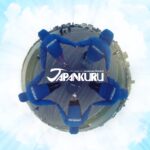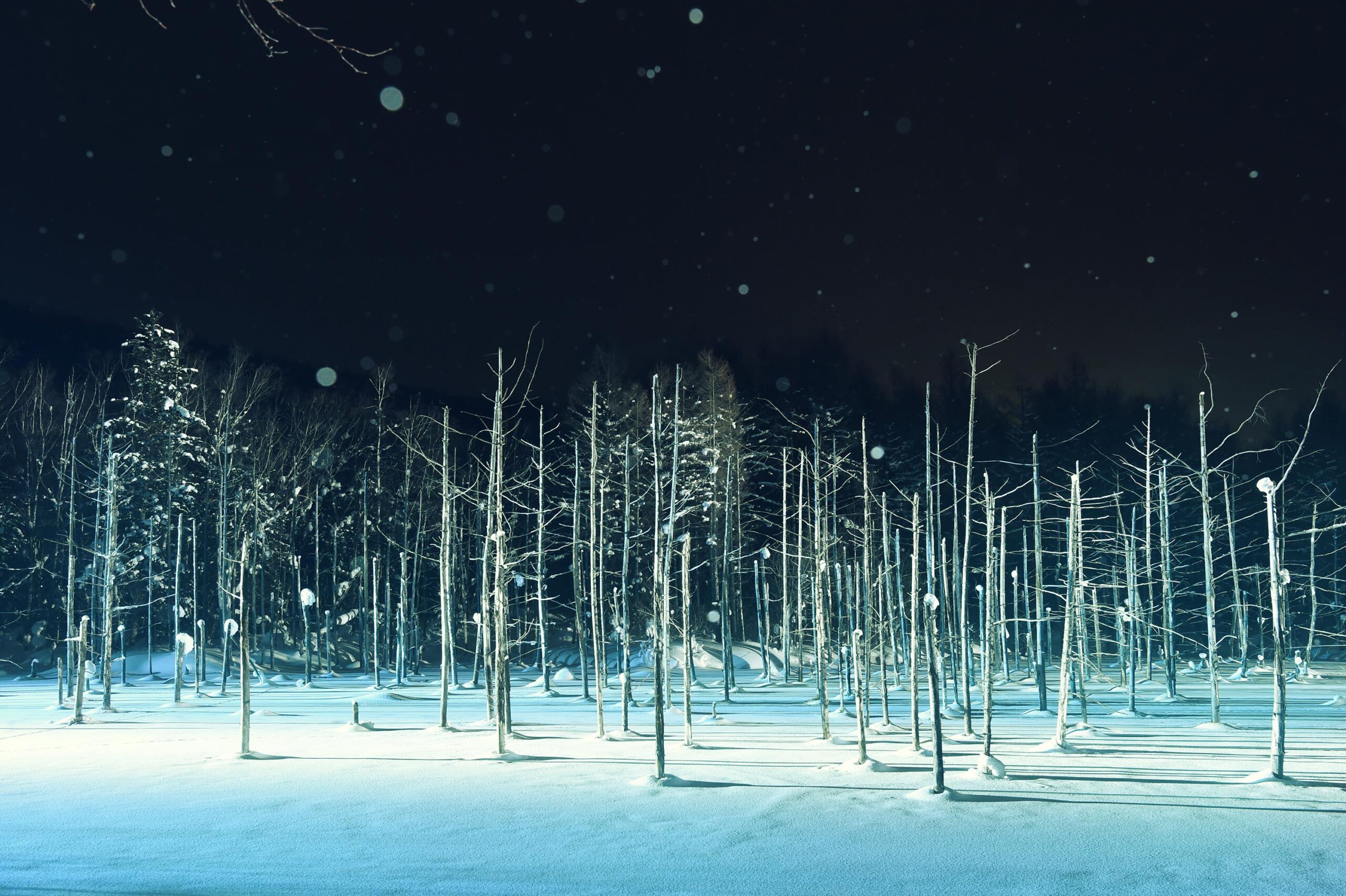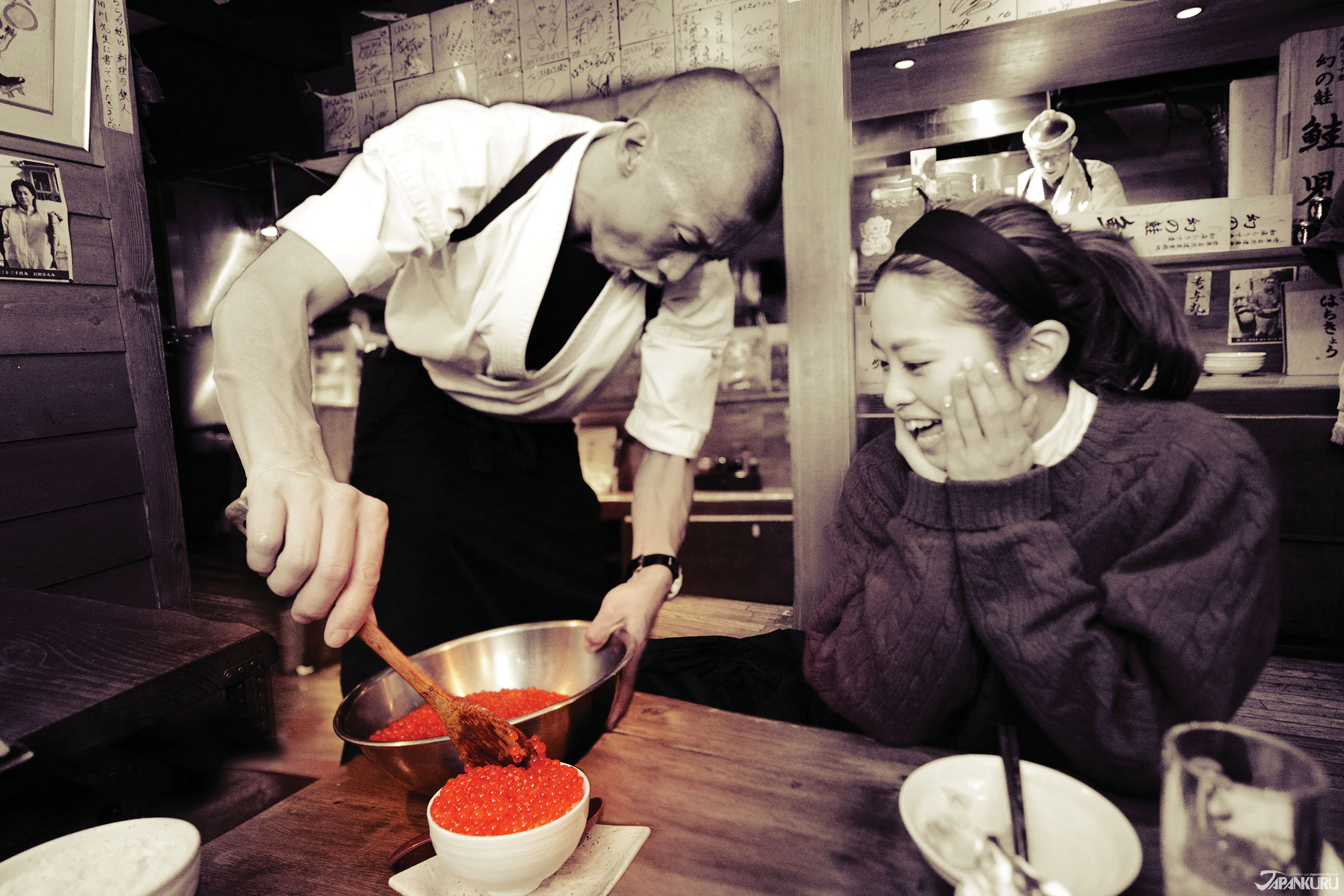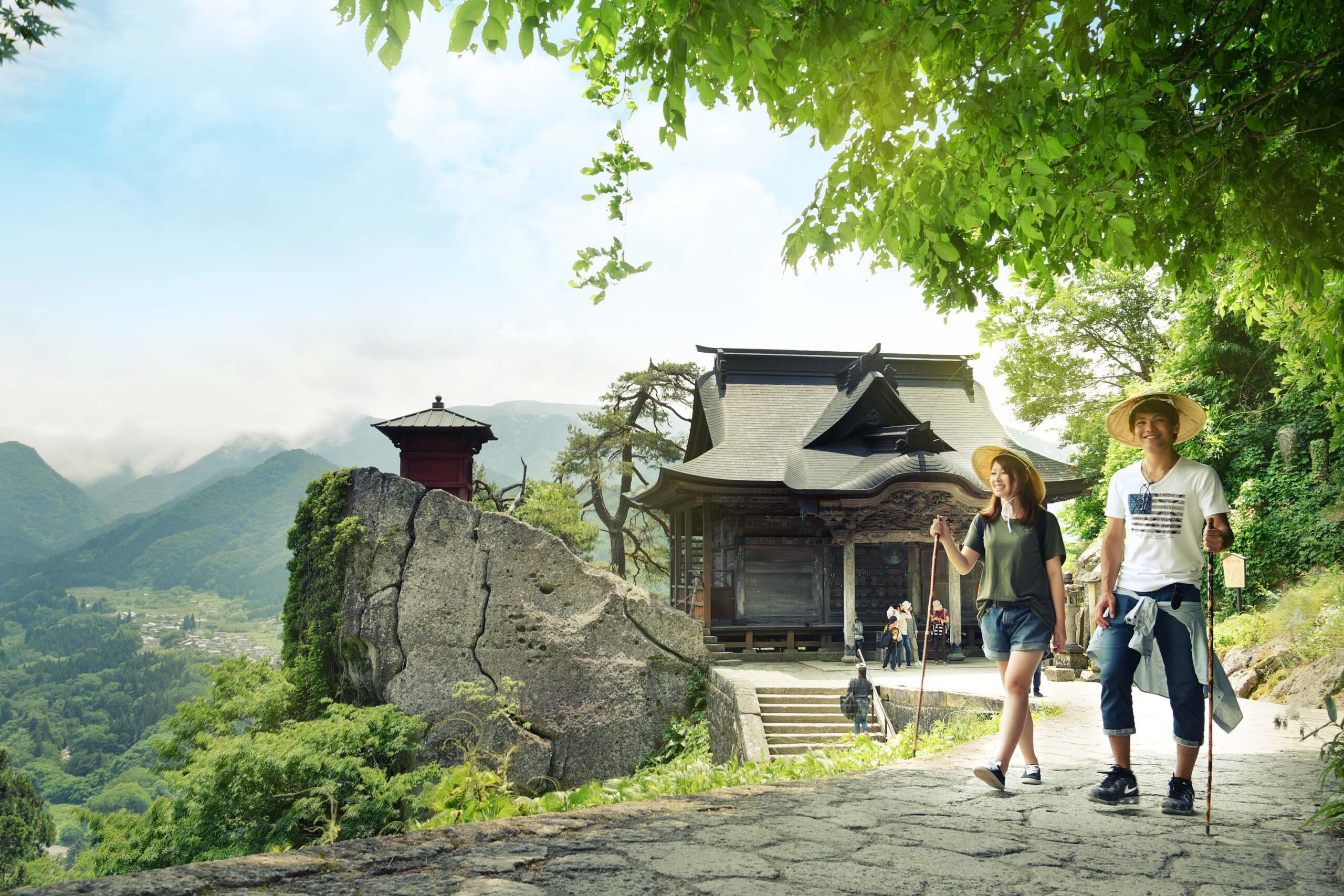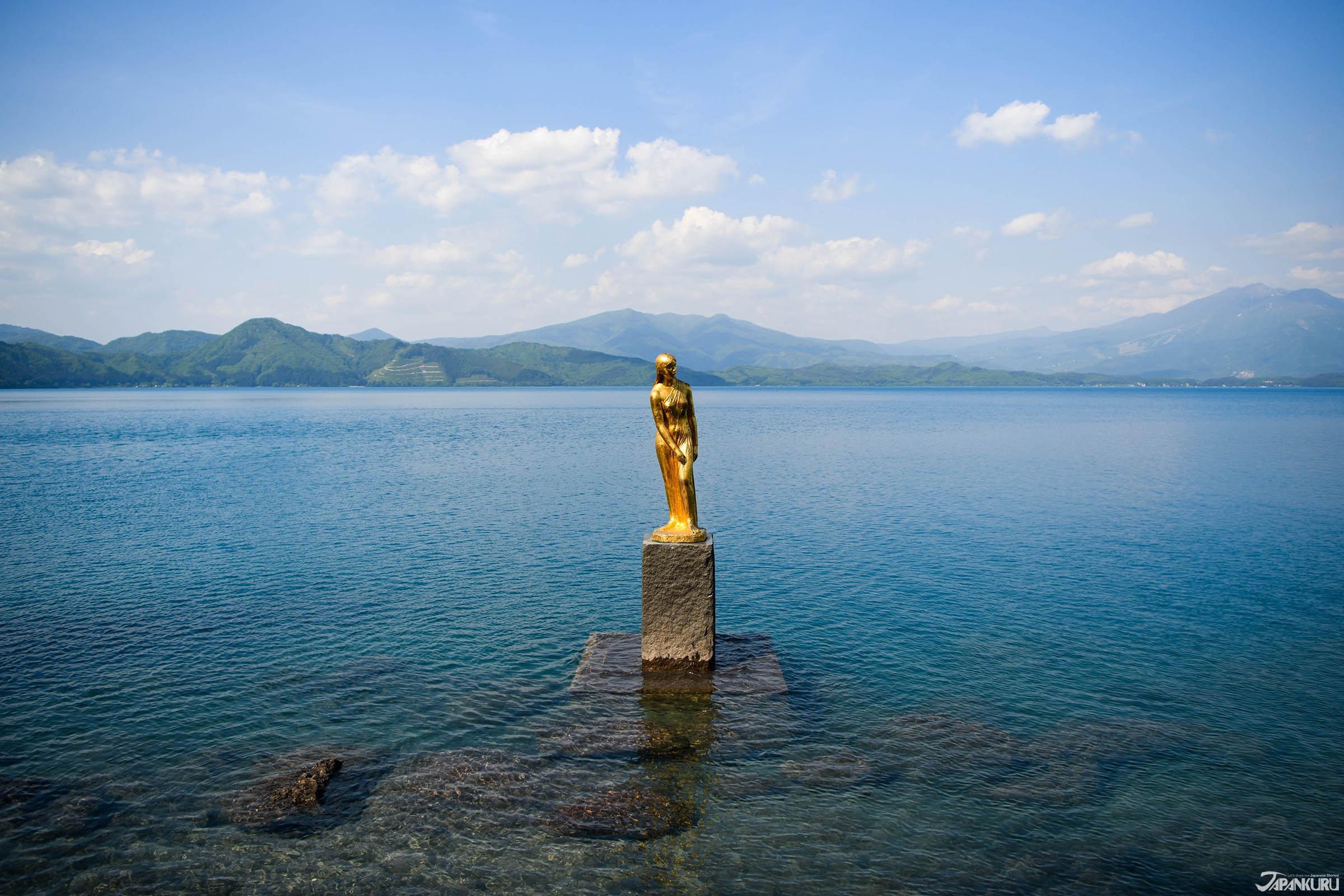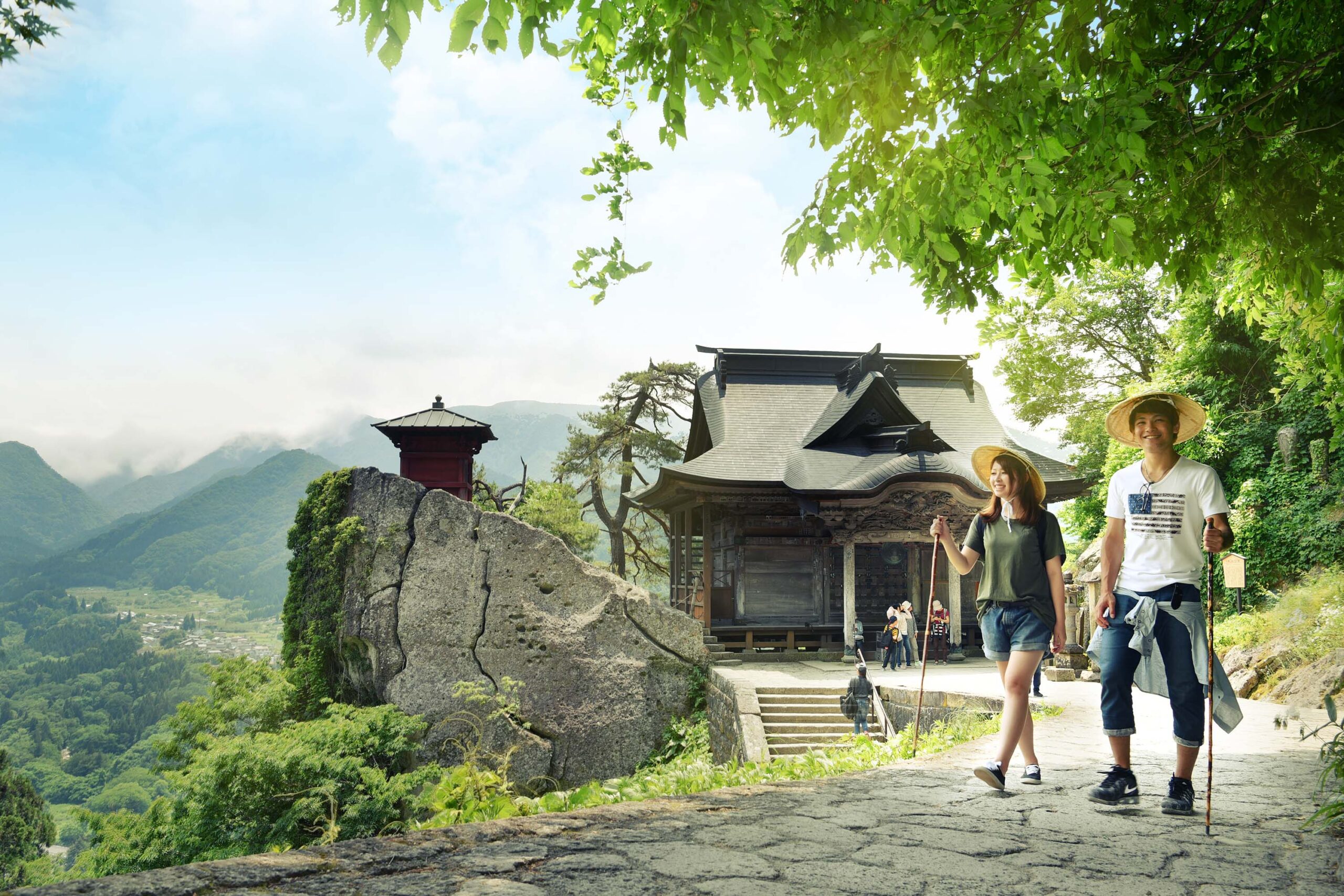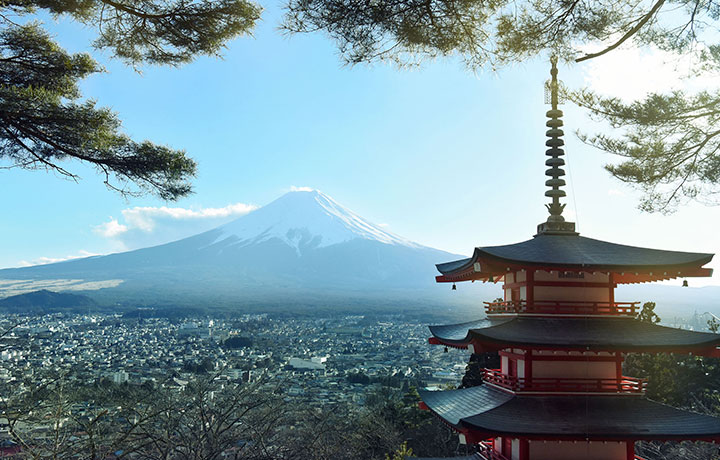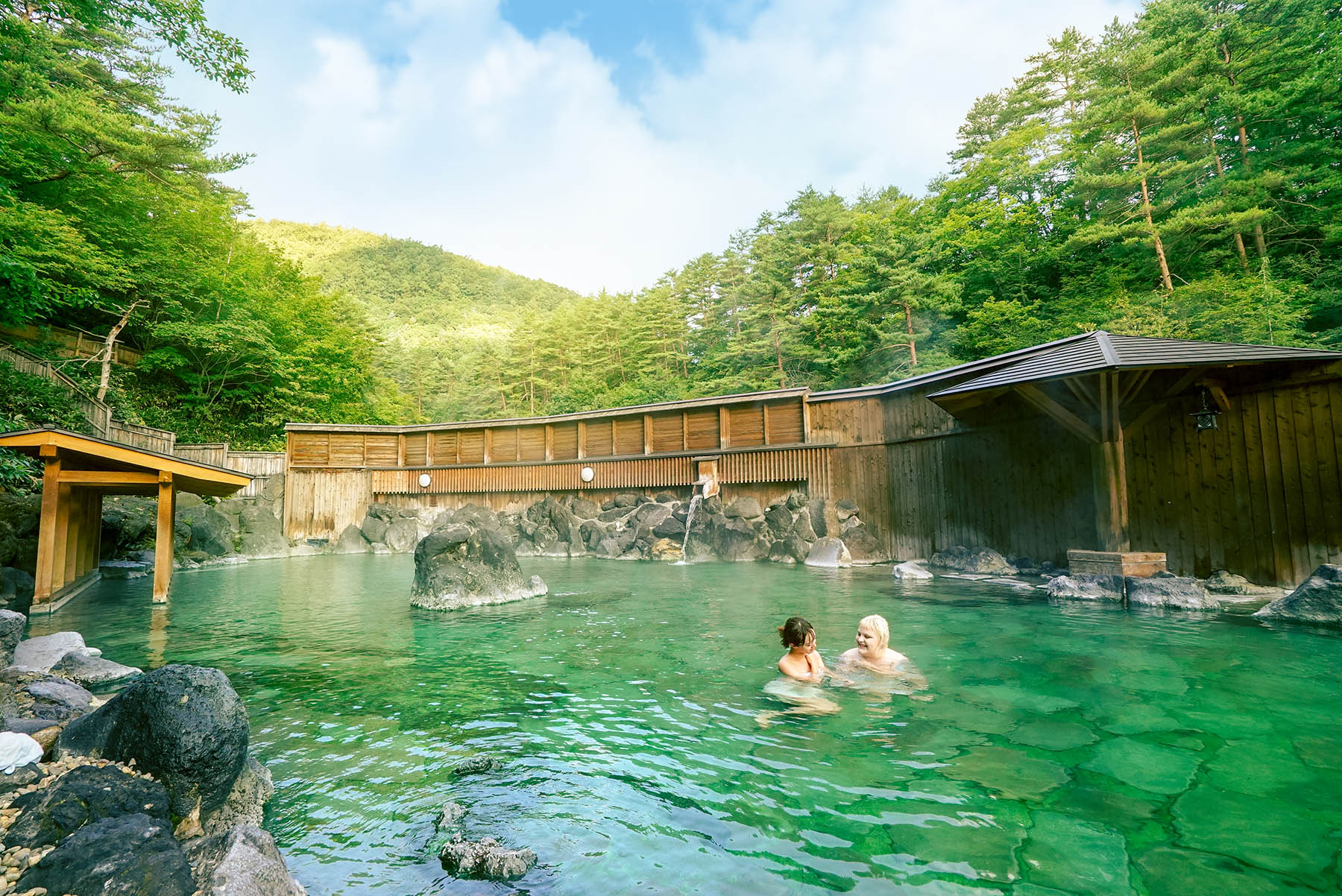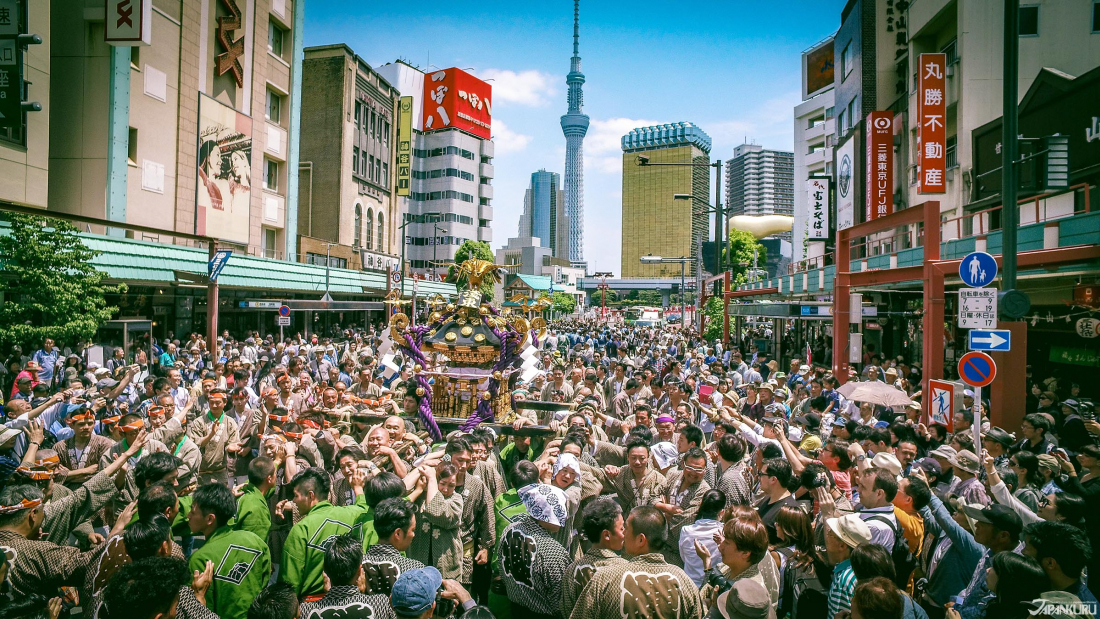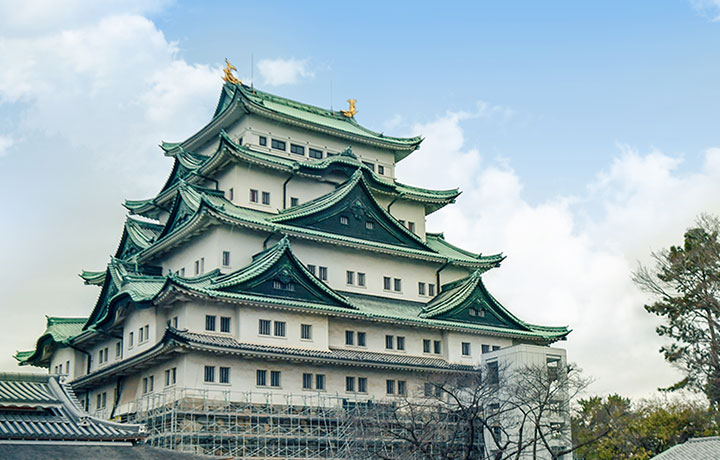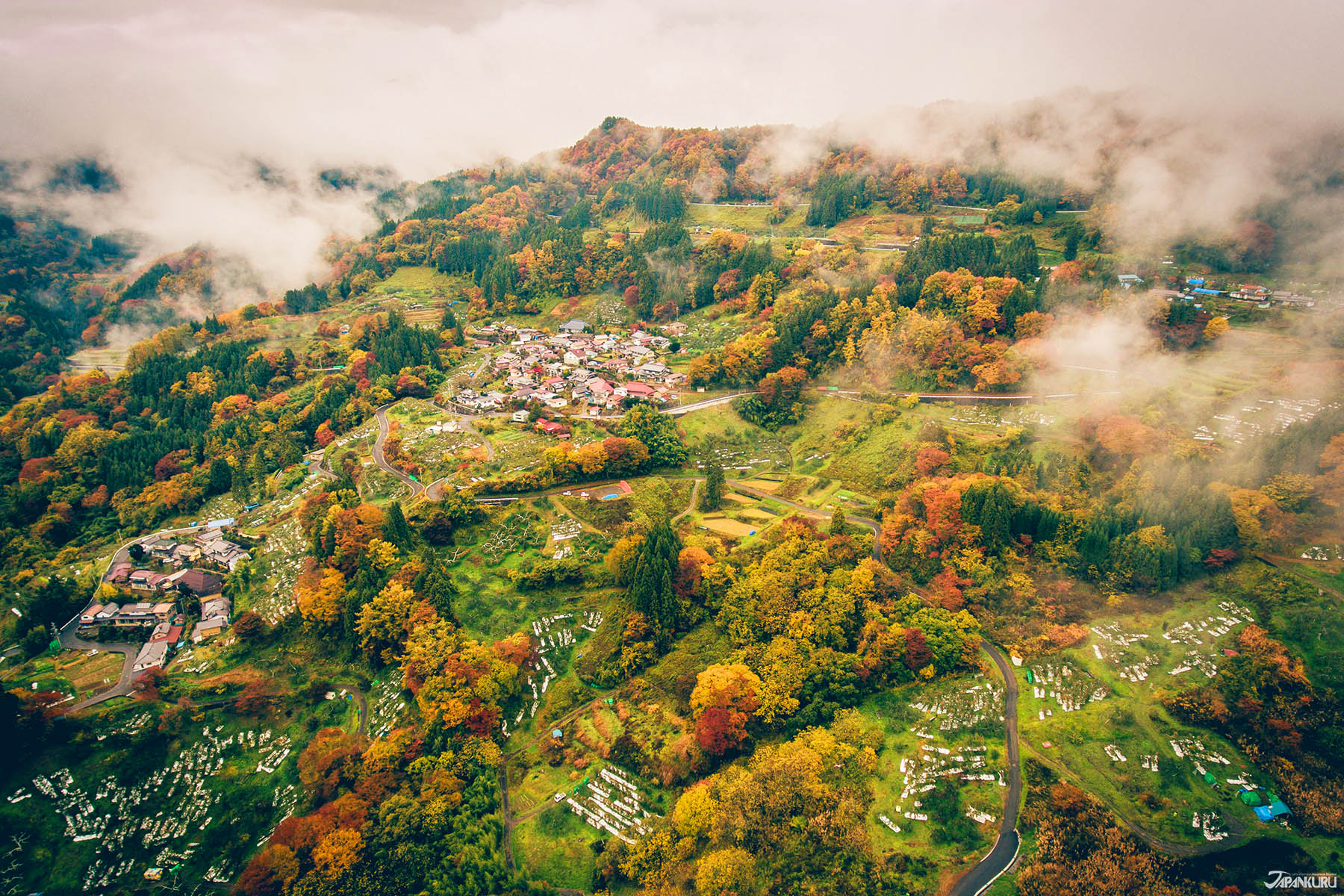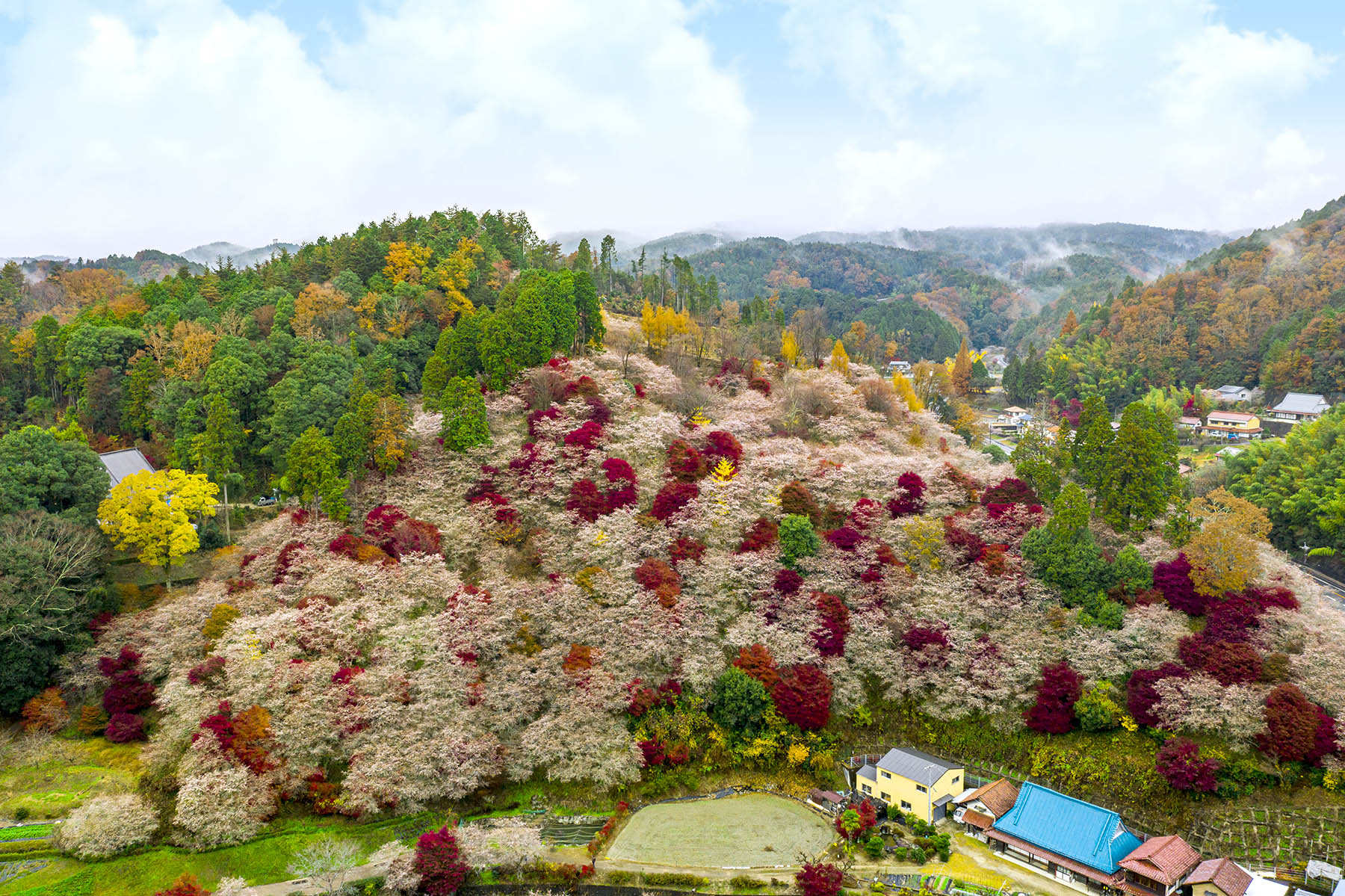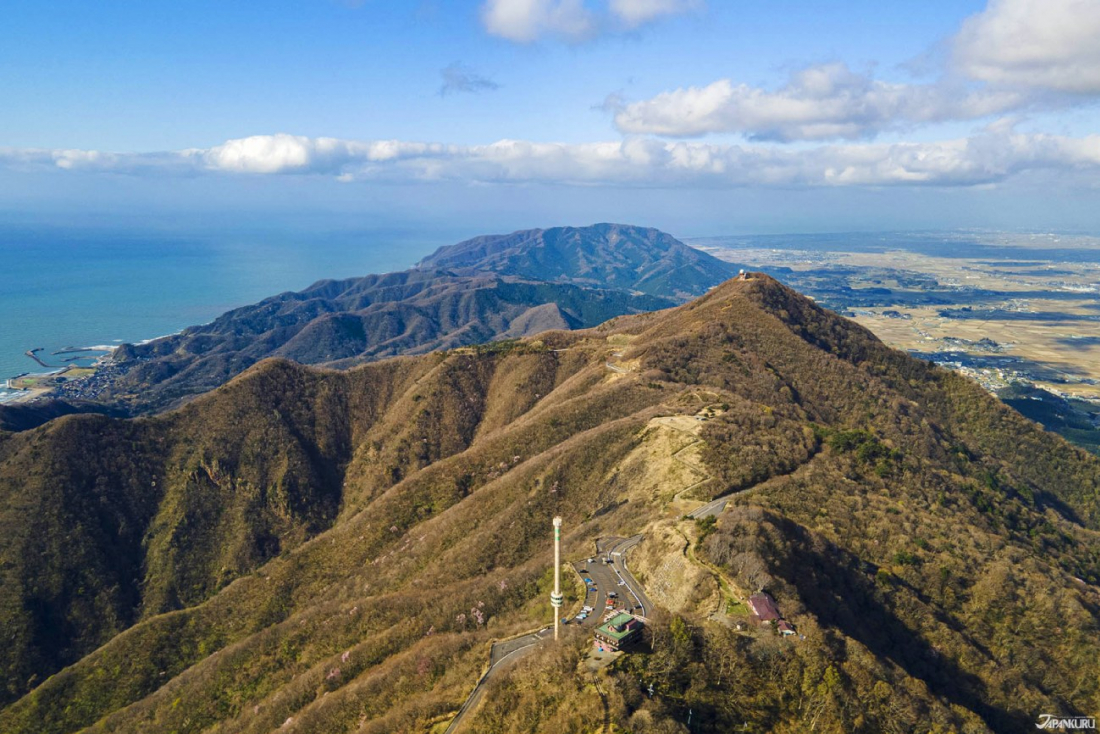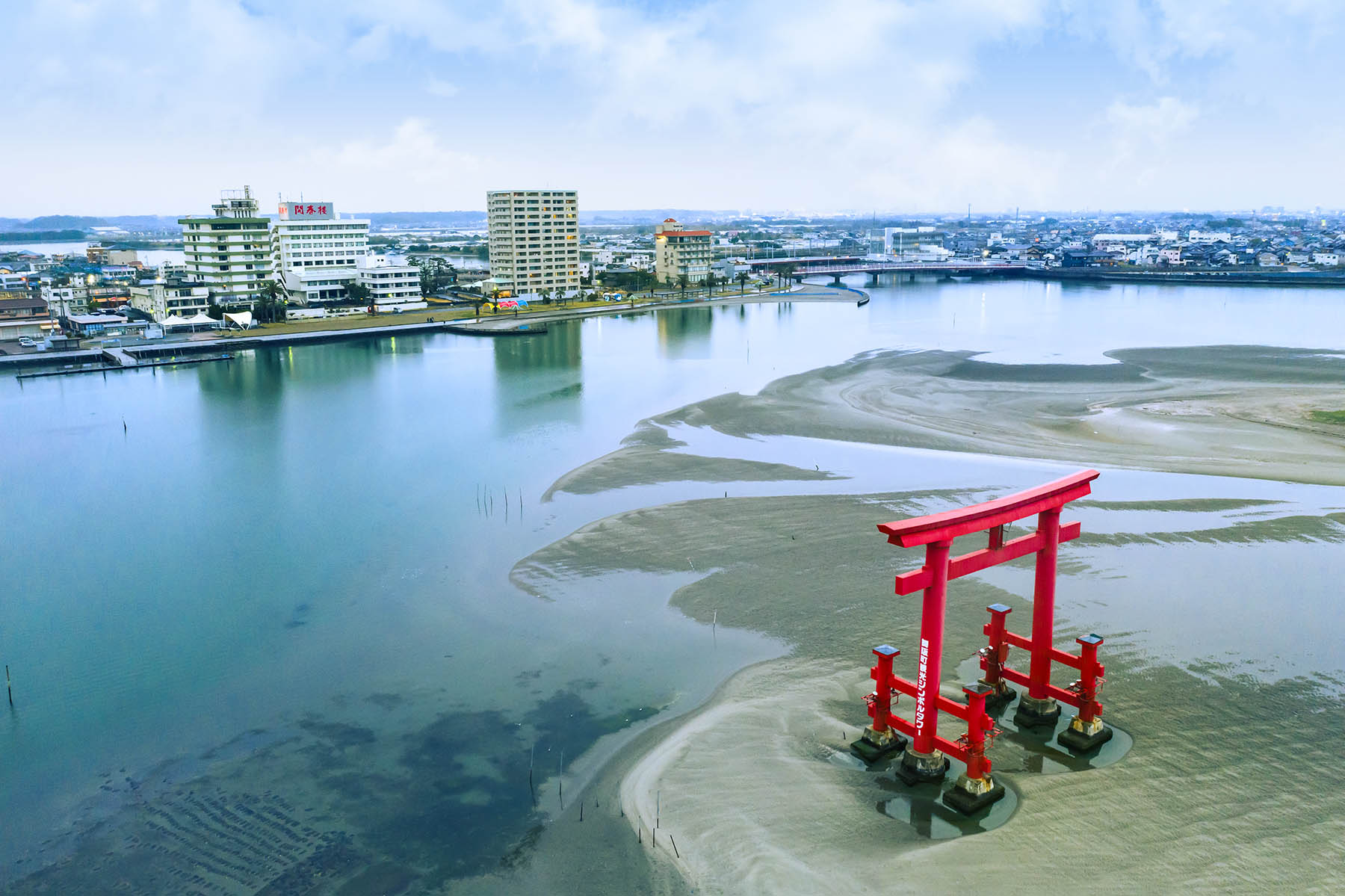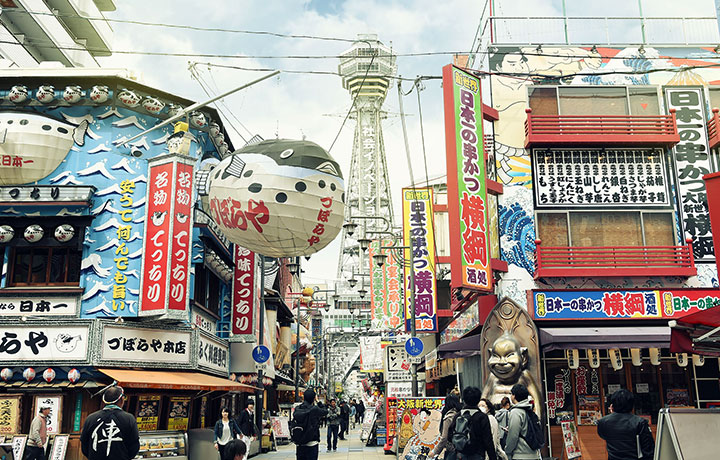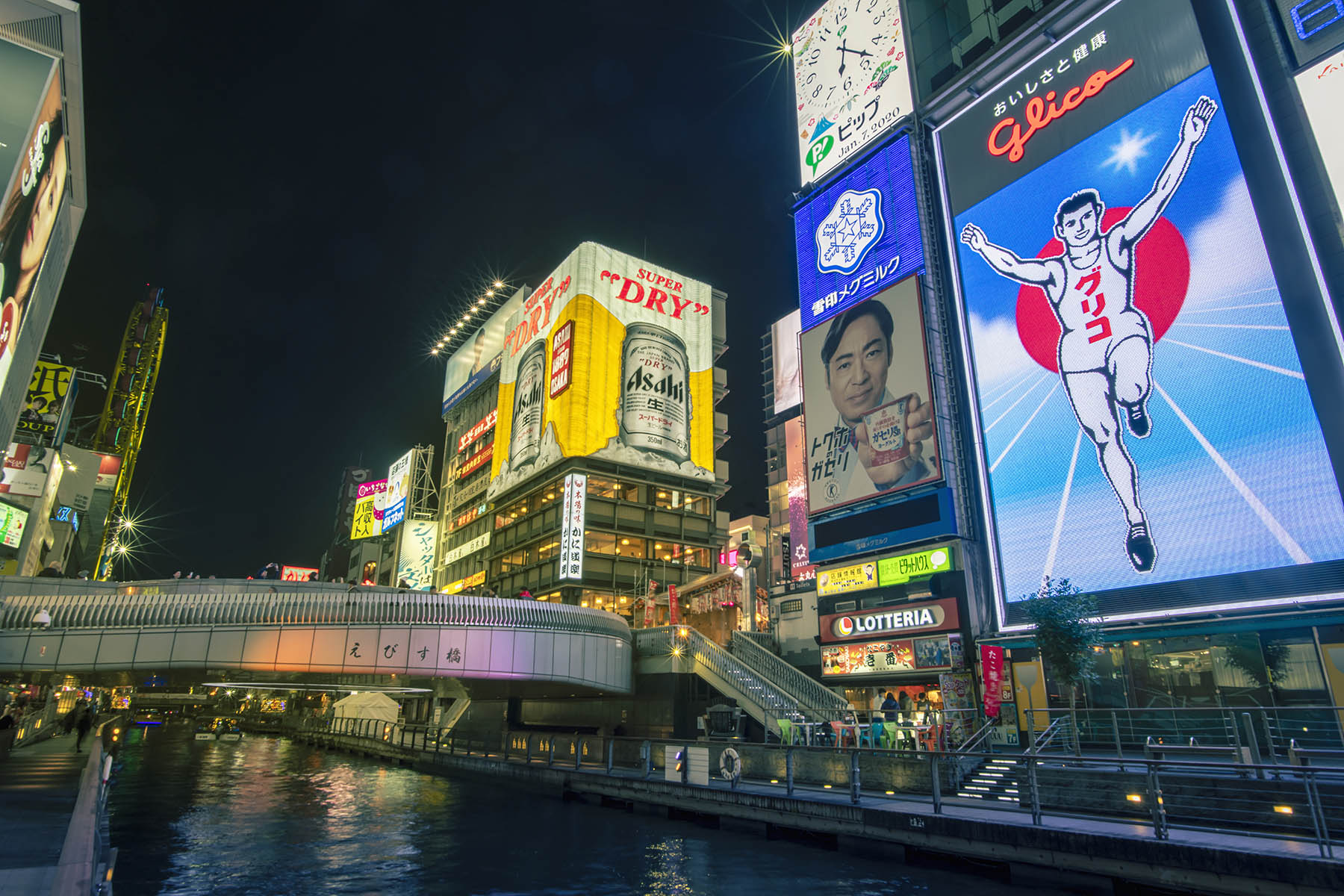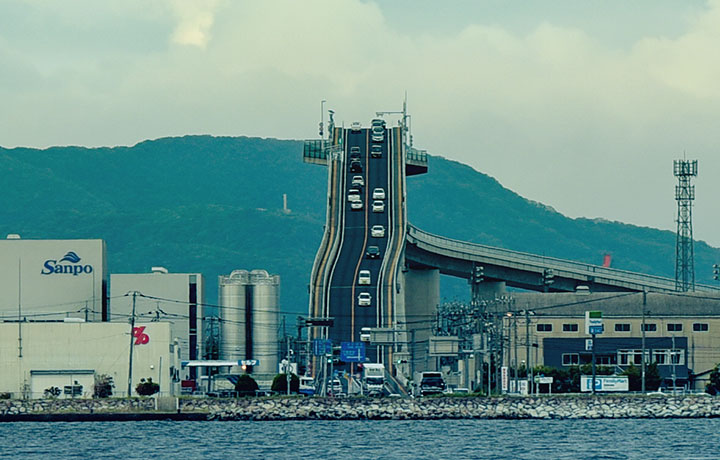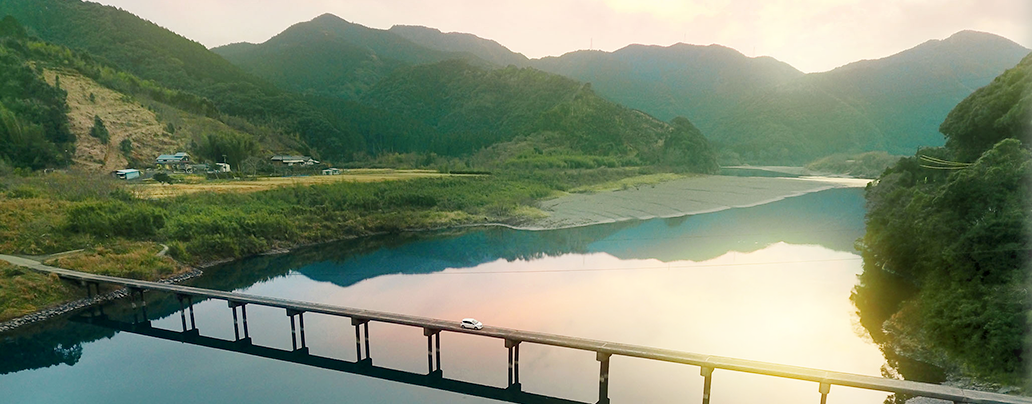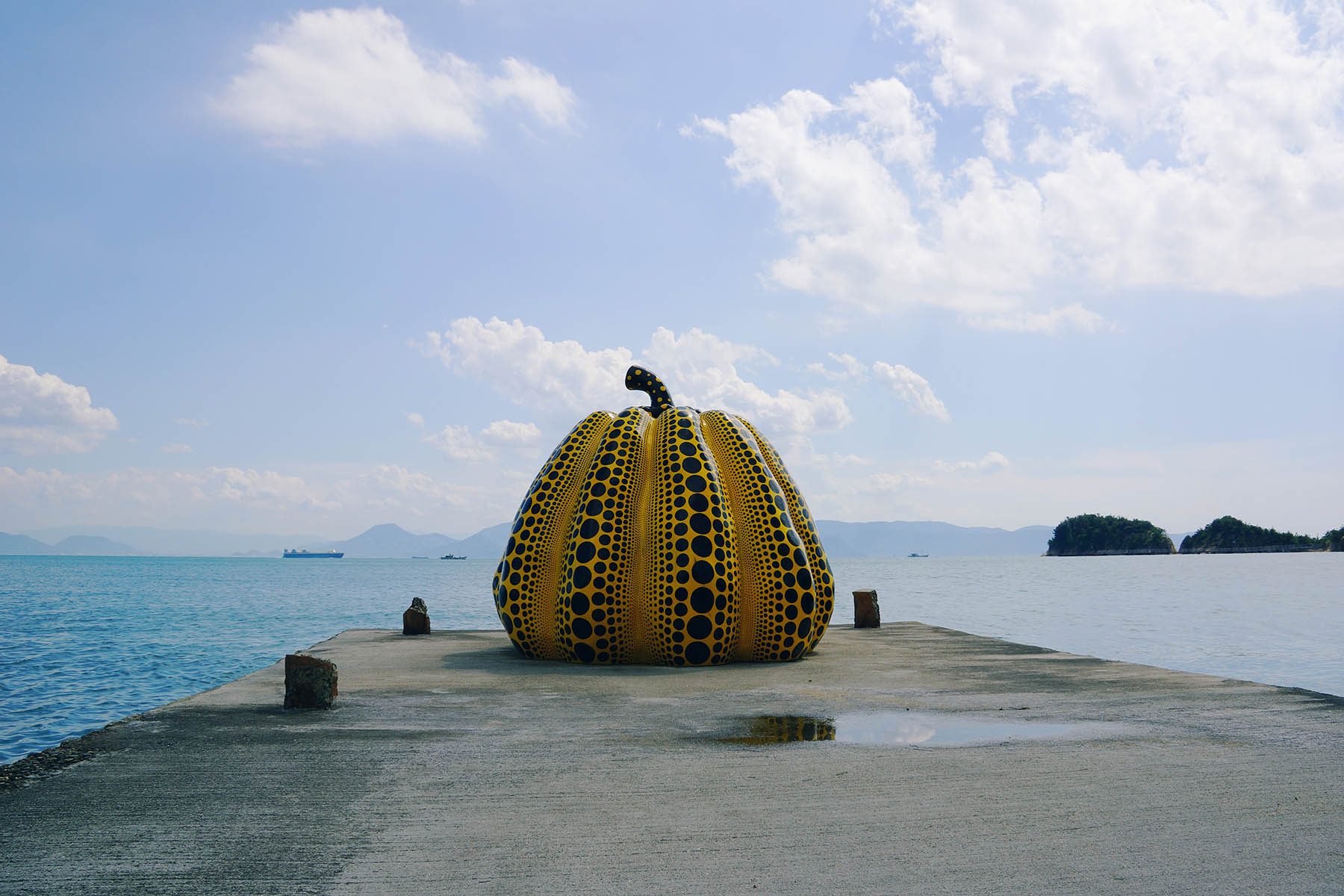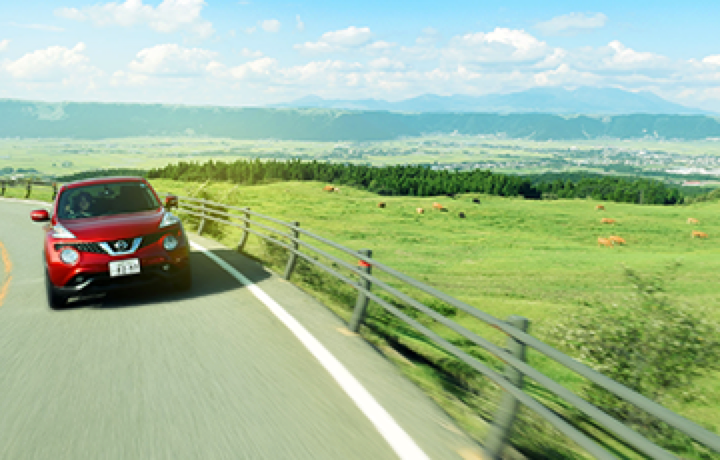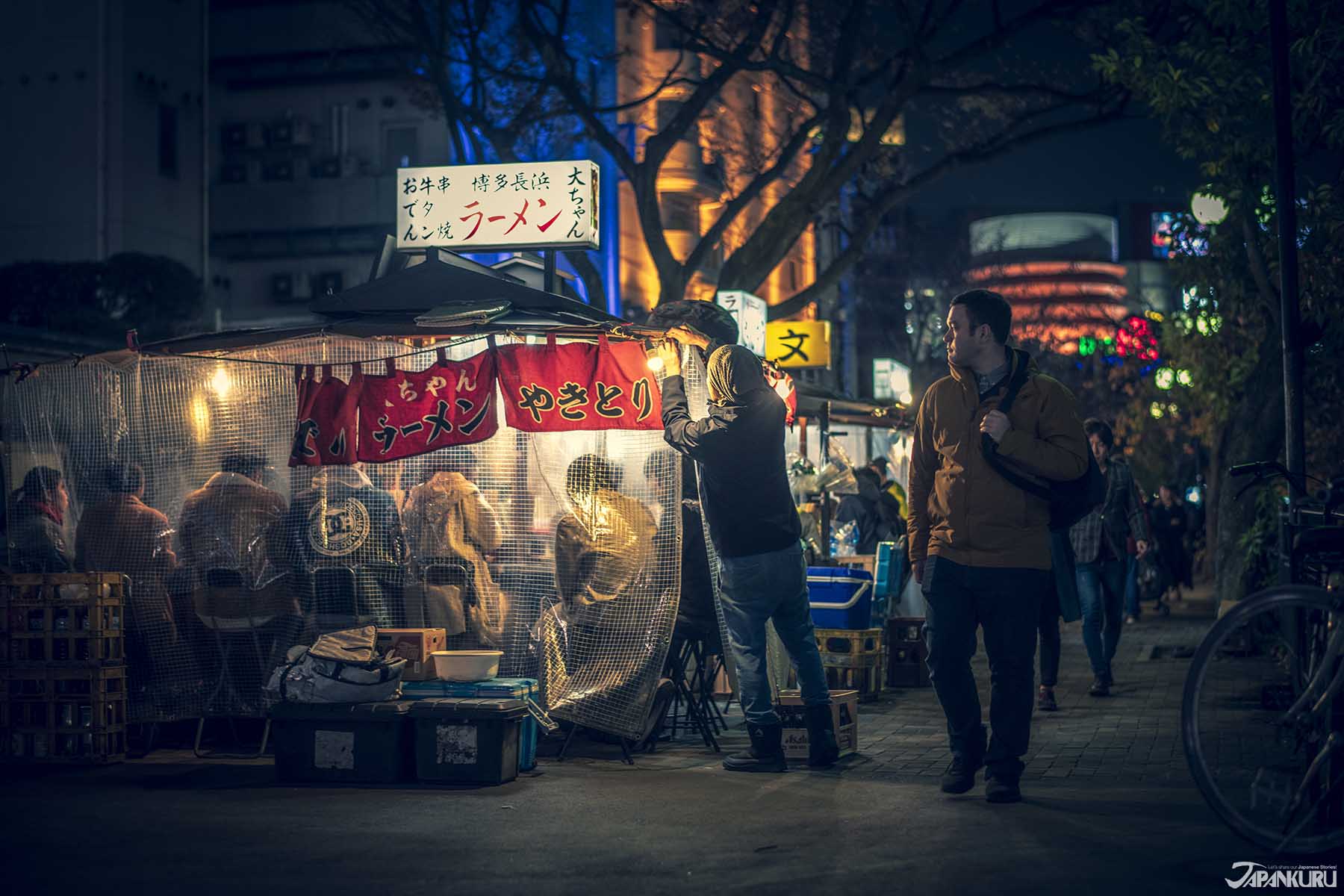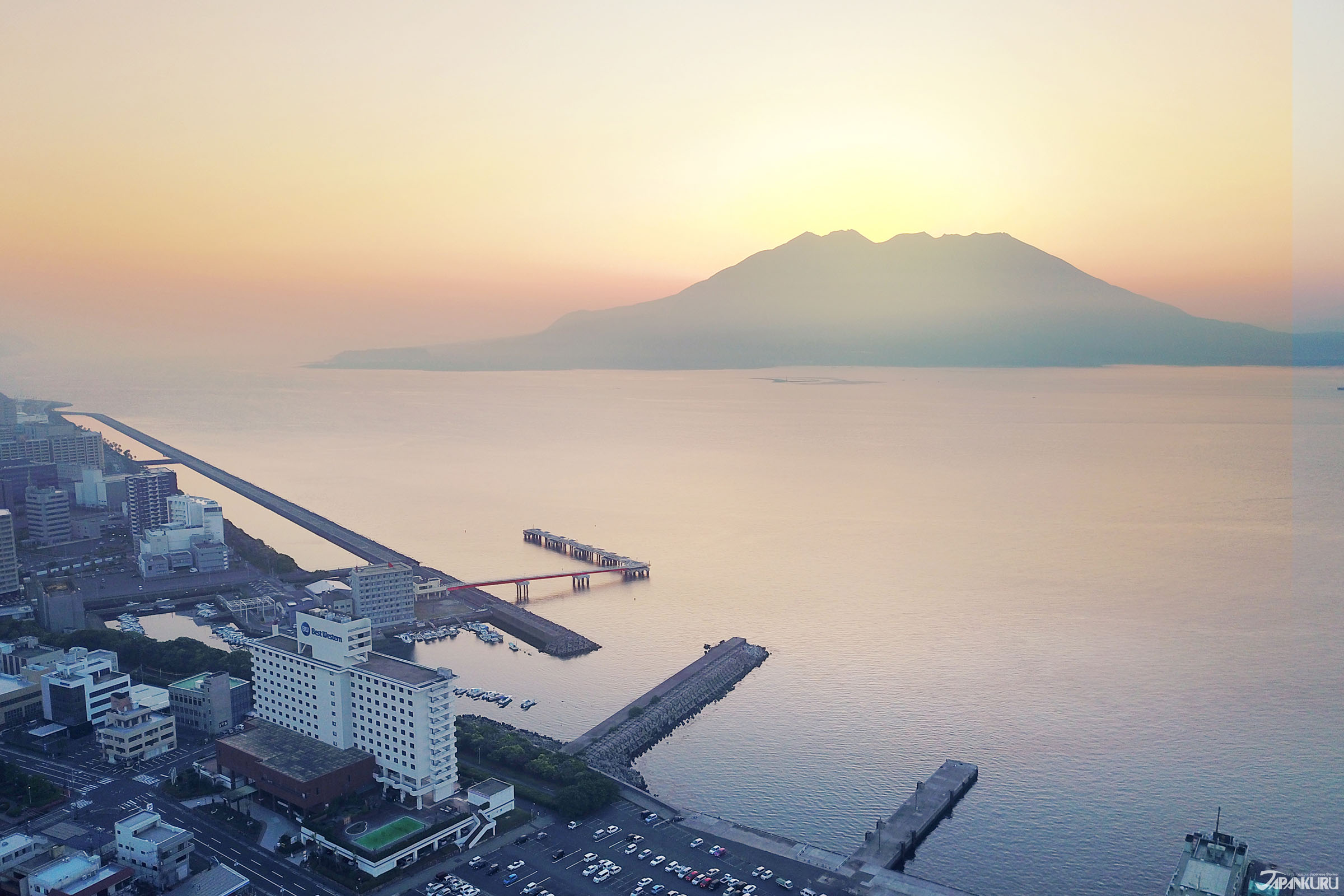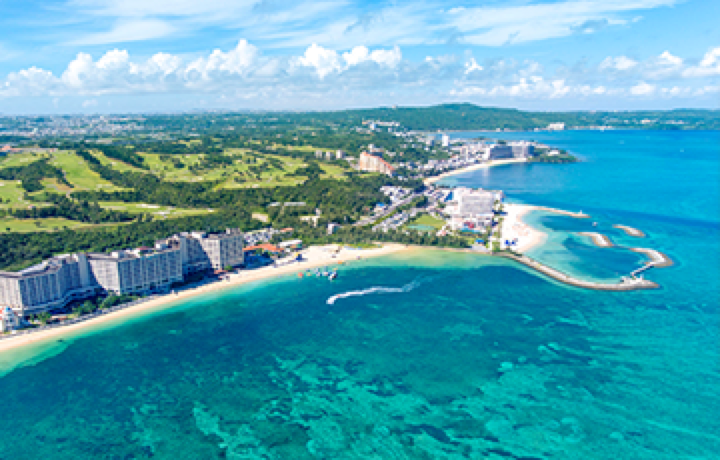
CONTENTS
Le Green Burger est le tout nouveau venu de la chaîne japonaise de hamburgers Mos Burger, et il est susceptible de gagner le cœur des ceux qui aiment manger les bonnes choses, tout simplement! C’est pourquoi l’équipe JAPANKURU a dû en savoir plus sur ce burger végétal!
L’histoire du Green Burger
Mos Burger a été fondée en 1972, avec le rêve de faire de la nourriture que tout le monde peut apprécier en utilisant de bons ingrédients naturels (ce qui se voit dans les initiales "MOS", qui viennent de Mountains Ocean Sun). En partie à cause de leur popularité, ces dernières années, le hamburger japonais a été comparé à d'autres énormes chaînes de restauration rapide multinationales. Pourtant Mos Burger n'aime pas cette comparaison. Leurs intentions ne sont pas seulement de faire de la nourriture rapide et bon marché, disent-ils, mais de faire de la bonne nourriture, pour tout client qui passe la porte.
C'est là que leur nouvelle offre, le Green Burger, entre en jeu. Chaque hamburger fabriqué dans un Mos Burger est fait à partir d'ingrédients de haute qualité, mais les dernières technologies alimentaires ont ouvert un nouveau monde d'options à explorer. Avec une nouvelle innovation, 2020 est devenu le moment idéal pour préparer le nouveau Green Burger frais: de délicieux ingrédients à base de plantes, le tout dans un emballage Mos Burger pratique.
De plus, depuis que Mos Burger a mis en œuvre des méthodes durables et œuvré à des politiques vertes depuis ses débuts, les 17 objectifs de développement durable (ODD) les plus récents de l'ONU étaientfaciles à atteindre. Il semblerait que leur nouveau produit soit là pour atteindre les objectifs n ° 3 (bonne santé et bien-être) et n ° 12 (consommation et production responsables). Ils disent que ces ingrédients verts sont bons pour le corps et bons pour le monde! Nous voulions vraiment en savoir un peu plus sur le hamburger lui-même.
Mais quel est donc ce Green Burger?
Avec ce nouveau produit sur le marché destiné à attirer les mangeurs de toutes sortes, y compris les voyageurs internationaux, l'équipe JAPANKURU savait qu'il fallait le goûter. C'est pourquoi nous nous sommes rendu au premier Mos Burger trouvé. Le Green Burger est fait sans viande ni produits laitiers, mais selon Mos Burger, le but n'était pas de faire un hamburger végétarien, mais de faire un hamburger que tout le monde puisse déguster ensemble! Alors, c'est comment?
Pour commencer: la base du Green Burger est une galette végétale de Mos Burger, conçue dès le départ pour être différente. Aucun additif carné, seulement des plantes. La combinaison de la galette de soja, de racine de konjac japonaise et de chou donne une nouvelle interprétation de certains ingrédients classiques, ainsi que des ajouts intrigants. La galette à base de soja n'essaie même pas de prétendre de ressembler à de la viande, mais propose plutôt sa propre saveur remplie d'umami. Les galettes de soja se développent dans les hamburgers végétariens depuis des années, et même Mos Burger les a déjà proposées dans leur menu auparavant, mais cette galette à base de plantes utilise une toute nouvelle formule. La galette Green Burger est légèrement savoureuse, avec une texture gratifiante que les membres mangeurs de viande de l'équipe JAPANKURU ont trouvé attrayante, mais les dégustateurs végétariens n'ont pas trouvé rebutant pour autant. Ça n'a pas le goût de fausse viande, ça a juste bon goût!
Autour de la galette se trouve un lit de laitue croquante et fraîche, avec juste au-dessus la sauce Green Burger très importante. Le Mos Burger est connu pour ses délicieuses sauces sur ses hamburgers (et également pour ses généreuses portions de sauce!), Nous avons donc entendu que réussir la sauce était un obstacle important que l'entreprise devait surmonter avant de vendre le hamburger au public. Et pour ajouter encore un peu de challenge, Mos Burger a décidé que le Green Burger (sauce incluse) devait être fait sans ce qu'ils appellent les "les cinq racines âcres", ou Gokun (五 葷) en japonais.
Il s'agit des oignons, de l'ail, des oignons verts, de la ciboulette et des poireaux, et sont à éviter par les gens qui croient en certaines philosophies. Mos Burger voulait rendre le Green Burger accessible à tout le monde, mais bien sûr, en omettant l'ail et l'oignon (des saveurs si importantes dans la cuisine végétarienne), cela rend les choses encore plus compliquées. D'une certaine manière, cependant, nous pensons qu'ils ont réussi. Une sauce tomate copieuse avec des ajouts savoureux comme le gobo japonais traditionnel (ご ぼ う, un légume également appelé "racine de bardane" en français) ajoutent un contraste savoureux à la simple galette de soja.
Bien sûr, en entendant parler du Green Burger, vous devez être curieux de savoir ce qui le rend vert! Bien sûr, il y a la symbolique du «vert», en utilisant des ingrédients et des processus respectueux de l'environnement, mais le pain du hamburger est également vert. En vrai, le burger gagne cette agréable nuance de vert pâle grâce à … (roulement de tambour s'il vous plaît) … l'épinards! Rien d'effrayant à ce sujet. On ne sent pas spécialement le goût: cela rajoute juste une belle teinte verte feuillue à un simple petit pain de blé!
Après avoir évalué chacune des couches du nouveau Green Burger, en commanderiez-vous un autre? Les végétariens de notre groupe en prendraient-ils un? Les mangeurs de viande se donneraient-ils la peine d'opter pour la galette de soja au lieu du Mos Burger standard, charnu et fiable?
À l'unanimité: oui! Alors que chacun de nous a ses propres Mos Burger favoris, et des préférences affinées par de nombreuses expériences du hamburger au Japon, nous avons tous pensé que le Green Burger était un très bon choix pour n'importe qui, des restrictions alimentaires ou non. Commander un Green Burger n'est certainement pas sacrifier la saveur pour la tranquillité d'esprit – c'est juste une autre option fiable du fidèle Mos Burger qu'on connait tous. Un tout nouvel ajout à leur menu de hamburgers savoureux!
Se rendre à Mos Burger
Nos autres recommandations
Bien sûr, le Green Burger à lui-seul vaut le détour, mais nous avons déjà mentionné que nous avions d'autres favoris Mos Burger, n'est-ce pas? Le choix évident pour beaucoup dans l'équipe JAPANKURU est le Mos Burger original. Du bœuf succulent, une épaisse tranche de tomate et une partie de la sauce secrète originale, les mangeurs de bœuf ne peuvent tout simplement pas résister à ce classique.
Les convives qui aiment un peu d'histoire, avec beaucoup de saveur, voudront peut-être opter pour le burger teriyaki au steak de boeuf. C'est LE burger teriyaki original, une invention de Mos Burger! Et les imitateurs ne peuvent toujours pas rivaliser.
Pour une petite nouveauté, peut-on vous présenter un burger au riz? Nous devons recommander le hamburger de fruits de mer tempura avec un "pain" de riz. Vous pouvez vraiment voir l'ingéniosité chez Mos Burger – la même créativité qui a conduit au teriyaki burger et au plus récent Green Burger – en regardant simplement ces hamburgers uniques entourés de petits pains au riz. Heureusement, ce n'est pas seulement une nouveauté, le pain de riz va vraiment bien dans un burger. C'est délicieux!
Un dernier rappel avant de vous précipiter pour essayer leur Green Burger – ne le sortez pas de l'emballage en papier! Il est fait pour garder vos mains propres pendant que vous plongez dans votre délicieux repas savoureux. Pour apprendre la meilleure façon de manger un Mos Burger … ↓
S’y rendre
Il n'y a plus qu'à s'y rendre! Heureusement, Mos Burger compte plus de 1 300 magasins à travers le Japon, et quelques-uns sont stratégiquement placés à proximité des destinations touristiques populaires. Sautez sur google maps et vous en trouverez probablement un à proximité!
Toute la nourriture est préparée sur commande et apportée à votre table, donc tout est aussi frais que possible. Mais bien sûr, ils font à emporter également. Détendez-vous à l'intérieur ou profitez d'une belle journée ensoleillée en allant pique-niquer dans un parc local avec vos Mos Burger. Entourez-vous de vert!
Avez-vous déjà essayé le nouveau Green Burger de Mos Burger? Vous prévoyez d'essayer bientôt? Dites-nous ce que vous en pensez sur twitter, instagram, and facebook!
PROFILE
Follow us @Japankuru on Facebook, Instagram, and Twitter!
COMMENT
FEATURED MEDIA
VIEW MORE
・The new Tokyo flagship for Volcom Japan is a center for all things skateboarding, street fashion, art, and culture, all in the heart of Shibuya! ・Volcom日本旗艦店東京澀谷登場 本格派滑板街頭潮流藝文新據點 #Volcom #japankuru #shibuya #日本購物 #日本潮流 #日本街頭時尚 #澀谷 #東京購物 #東京購物推薦 #東京潮店 #澀谷潮店 #滑板 #雪板 #衝浪 #볼컴 #시부야

Which snacks make the best Japanese souvenirs?~ Jaga Pirika ~ 일본과자 선물 뭐하지?~자가피리카 편~ #pr #calbee #jagapokkuru #japanesesnacks #japanesefood #japanesesouvenir #japantravel #japantrip #naritaairport #hokkaido #나리타국제공항 #일본여행선물 #흔하지않은기념품 #일본쇼핑리스트 #일본과자추천 #고구마과자 #일본간식추천 #일본면세점쇼핑 #개별포장 #일본감자칩 #도쿄나리타공항면세점 #현지인추천 #일본여행 #일본기념품리스트 #자가포쿠루 #자가피리카

Asakusa's Sanja Matsuri, one of the biggest festivals in all of Tokyo, is almost here! Make sure you check out the festival route so you don't miss all the festivities this May. #asakusa #sanjafestival #sanjamatsuri #asakusashrine #sensoji #sensojitemple #japanesefestival #shintoshrine #japaneseculture #tokyo #tokyotrip #tokyotravel #asakusasightseeing #matsuri #japantrip #japantravel #springinjapan #tokyotravel #japankuru #산자마츠리 #아사쿠사 #일본마츠리 #일본여행 #일본5월

Odaiba's DiverCity Tokyo Plaza is home to the famous real-size 20m-tall Unicorn Gundam, and the popular shopping center has even more Gundam on the inside! Check out the Gundam Base Tokyo on the 7th floor for shelves upon shelves of Gunpla, and the Gundam Base Tokyo Annex on the 2nd floor for cool anime merchandise. Both shops have tons of limited-edition items! #pr #odaiba #tokyo #tokyotrip #japantrip #japantravel #PR #divercity #divercitytokyoplaza #tokyoshopping #gundam #unicorngundam #gundambasetokyo #anime #otaku #gunpla #japankuru #오다이바 #다이바시티도쿄 #오다이바건담 #건담 #일본건담 #건프라 #건담베이스도쿄

Evangelion, in miniature!? Tokyo's SMALL WORLDS Miniature Museum is actually a must-see for anime lovers, thanks to the tiny Evangelion Hangar and Tokyo-III... plus a whole universe of other scenes both real and fictional. #smallworlds #smallworldstokyo #tokyotrip #tokyotravel #evangelion #eva #anime #miniature #miniatures #animefigure #japantrip #japantravel #에반게리온 #스몰월드 #에반겔리온 #スモールワールズ #오다이바 #아리아케

Have you sat down for a snack at Sumida Aquarium yet? This aquarium next to Tokyo Skytree is known for its penguins and garden eels, but we can't get enough of their cute snacks! There are lots of good seats around the aquarium, too, so it almost feels like one big cafe. 🐧 • Find out more at Japankuru.com! (Link in bio.) • #japankuru #sumidaaquarium #skytree #tokyoskytree #solamachi #sumida #tokyo #tokyotrip #tokyotravel #aquarium #japanesesweets #themecafe #すみだ水族館 #Japan #日本 #일본 #Japon #ญี่ปุ่น #Japão #япония #japantravel #日本旅行 #日本旅遊 #japan_of_insta #japantrip #traveljapan #japan🇯🇵 #igerstokyo #explorejapan

For anime fans, the Evangelion areas at Small Worlds Miniature Museum are a must see! The tiny miniature people in the Evangelion Hangar look like ants beneath the moving Unit-01, Unit-00, and Unit-02! And over in Tokyo-III, characters like Shinji, Rei, and Katsuragi live life on a miniature scale. #odaiba #tokyo #tokyotrip #japantrip #japantravel #ariake #smallworlds #miniaturemuseum #smallworldstokyo #tokyotravel #evangelion #eva #anime #miniature #miniatures #animefigure #japankuru #스몰월드 #에반게리온 #오다이바 #오다이바관광 #오다이바스몰월드 #미니어쳐












